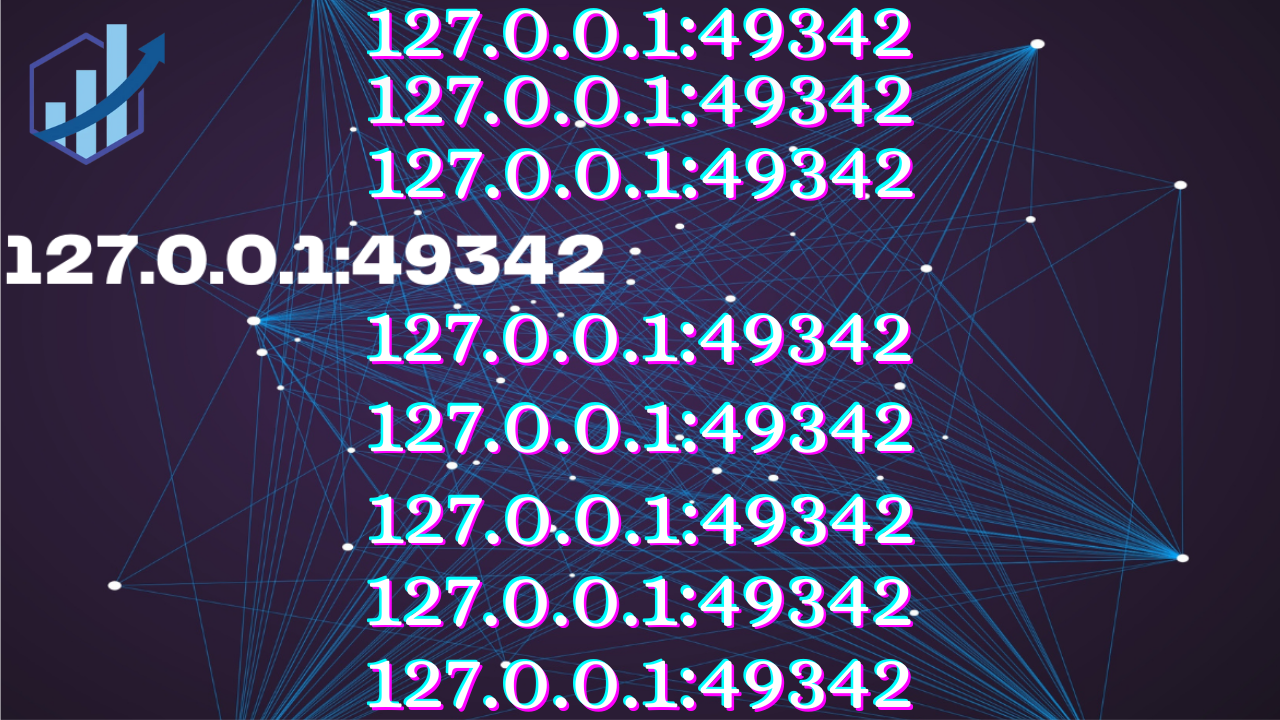The term 127.0.0.1:49342 may seem complex at first glance, but it is a vital concept in computer networking. Understanding what it represents is essential for developers, IT professionals, and tech enthusiasts. Let’s break this down step-by-step.
What is 127.0.0.1?
The address 127.0.0.1 is often referred to as the localhost or the loopback address. It is a special IP address that points to the local machine. Whenever a device references this address, it is communicating with itself rather than an external system.
Key Points about 127.0.0.1:
- Local Testing: Developers use it to test network applications without needing an internet connection.
- Self-Diagnostics: System administrators can run diagnostics locally to identify network issues.
- Universal Standard: Every device using the IPv4 protocol has this address reserved for loopback purposes.
What is Port 49342?
The second part of 127.0.0.1:49342 is the port number. A port serves as a communication endpoint for network connections. Port numbers range from 0 to 65535 and are used to differentiate between various services or applications running on the same machine.
About Port 49342:
- Dynamic/Private Port: Port 49342 falls in the range of dynamic or private ports (49152–65535), typically assigned temporarily by the operating system.
- Temporary Connections: It’s used for ephemeral connections, such as those established by applications for temporary communication.
- Assigned as Needed: Dynamic ports are not reserved for specific services, unlike well-known ports like 80 (HTTP) or 443 (HTTPS).
127.0.0.1:49342 in Practical Use
When you see 127.0.0.1:49342, it generally indicates a local application or service running and listening for connections on port 49342. Here are some scenarios:
- Web Development Testing: A developer might launch a web server on their local machine, which listens on 127.0.0.1:49342.
- For example, frameworks like Flask or Node.js can bind to this address during development.
- Database Connectivity: A local database like MySQL, PostgreSQL, or MongoDB could use a dynamic port for secure communication.
- Debugging Tools: Debugging applications often create temporary connections using a dynamic port like 49342.
Security Implications
While using 127.0.0.1:49342 is safe for local testing, it’s crucial to follow best practices:
- Restrict Access: Ensure that services running on localhost are not exposed to external networks unless explicitly required.
- Close Unused Ports: Check for open ports regularly to avoid unnecessary vulnerabilities.
- Firewall Rules: Configure firewalls to block unauthorized access to critical services.
Common Errors with 127.0.0.1:49342
- Port in Use: You may encounter errors if another application is already using port 49342. In such cases, reconfigure your application to use a different port.
- Connection Refused: If the service listening on 127.0.0.1:49342 isn’t running or misconfigured, you’ll get this error.
How to Check Active Ports on 127.0.0.1
To diagnose or verify what’s running on 127.0.0.1:49342, you can use these commands:
- Windows Command Prompt:bashCopy code
netstat -an | find "49342" - Linux/Mac Terminal:bashCopy code
lsof -i :49342orbashCopy codenetstat -an | grep 49342
Conclusion
The combination 127.0.0.1:49342 represents a local address and a dynamically assigned port number often used for development, testing, or temporary communication. Understanding its function helps ensure efficient use in your projects while maintaining security. By mastering concepts like these, you can troubleshoot and optimize networking tasks effectively.











